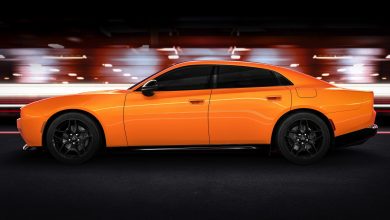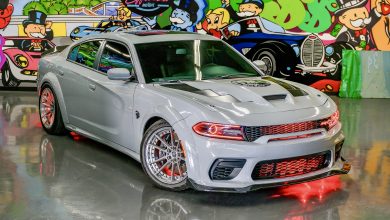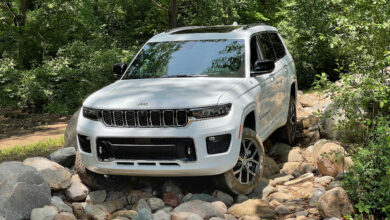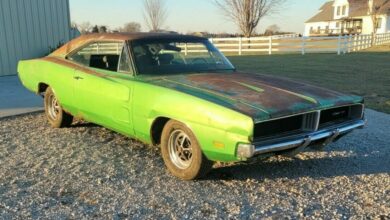
The interwebs have been blowing up about the people’s opinion on the all-new 2019 Dodge Challenger SRT HELLCAT and SRT HELLCAT Redeye’s dual-snorkel hood. Some people are complaining that they don’t like it as much as the 2018 SRT HELLCAT hood (which is now on the 2019 R/T Scat Pack), and some are rejoicing the new hood because of the 10 additional horsepower it brings to the Challenger SRT HELLCAT.
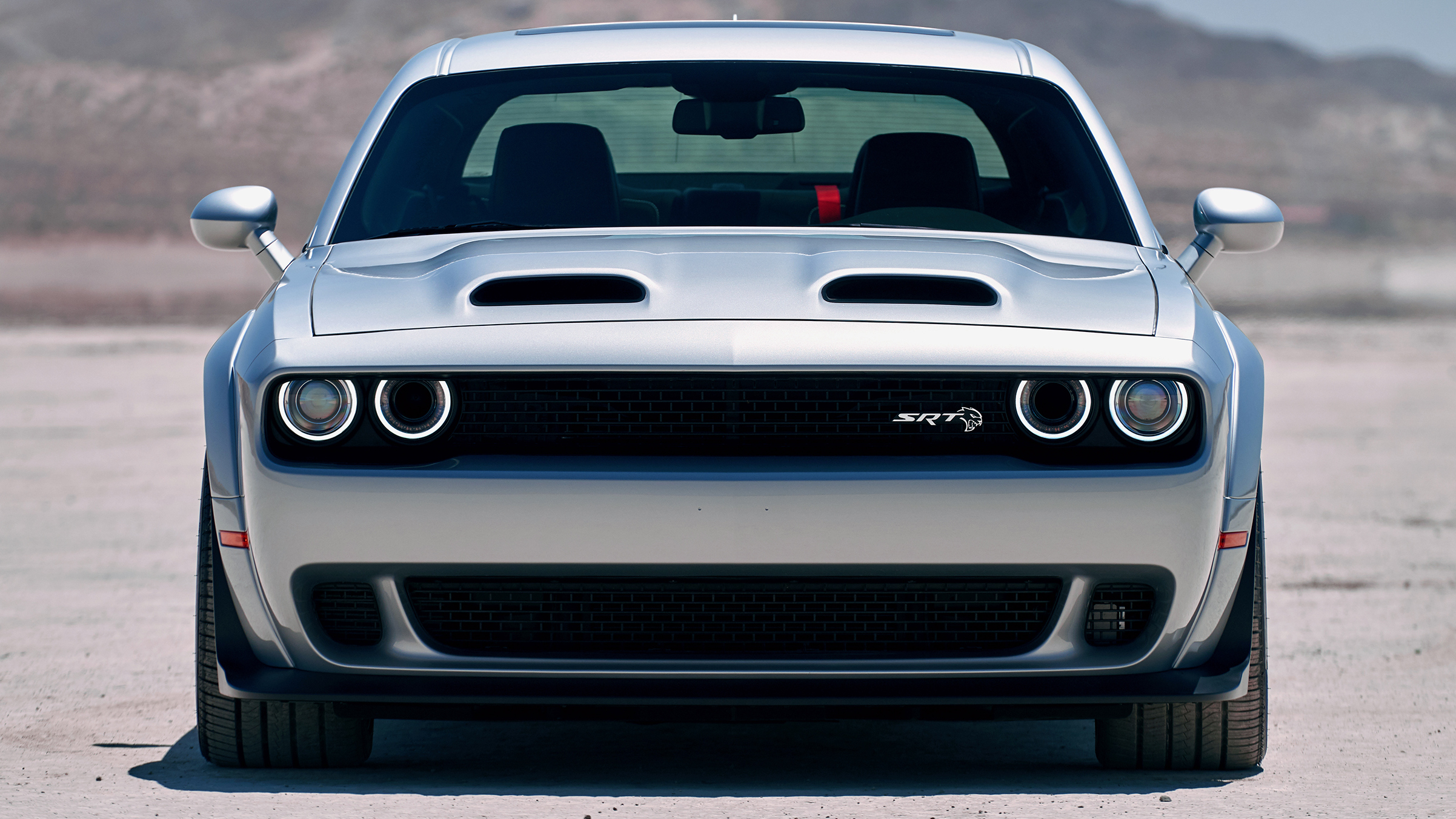
First off, let’s talk about how the standard SRT HELLCAT gets it’s 10 additional horsepower over last year’s model. Heat is the enemy of any high-performance powertrain, so Dodge//SRT engineers looked for more ways to keep the intake air as close to the optimum temperature as possible. One key to the engine’s imposing power output is air – and plenty of it. The new, low-restriction, dual snorkel hood is fully functional and sealed to the air box.
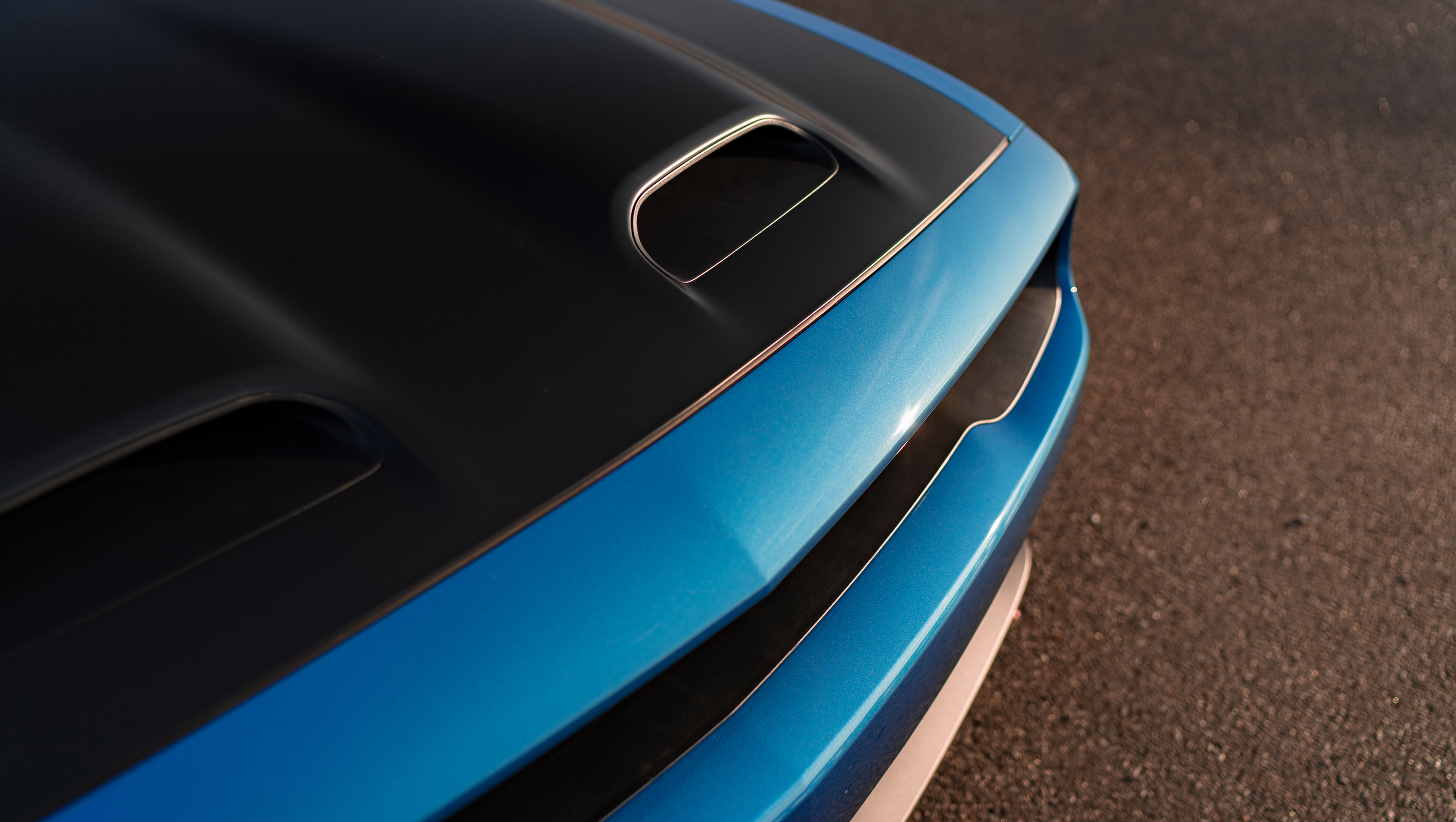
When combined with the Air Catcher headlamp and an inlet near the wheel liner, these three sources give the SRT HELLCAT’s dual-snorkel hood a 18 percent greater air-flow rate than last year’s SRT HELLCAT engine at 1,134 cubic feet per minute (the SRT Demon’s Air-Grabber™ intake had an air-flow rate of 1,150 cubic feet per minute; only a 12 cubic foot difference). At full power, this is the equivalent flow rate to 89 adults simultaneously emptying their lungs in 1 second. The revised air inlet path on the new dual-snorkel hood results in an intake air temperature reduction of 4 degrees Fahrenheit.
This answers a lot of the questions we have been receiving about why doesn’t the hood have heat extractors like the 2018 model.

This new dual-snorkel hood and air box functions exactly like the 2018 Dodge Challenger SRT Demon’s Air-Grabber™ system. Matter of fact it uses the same air box as the SRT Demon. Like the Air-Grabber™ intake system both snorkels feed into one single duct that the flows directly to the top of the air box. The only difference between the Air-Grabber™ and the dual-snorkel is the Air-Grabber™ opening is a tad taller and runs across the hood instead of having a break in the middle.
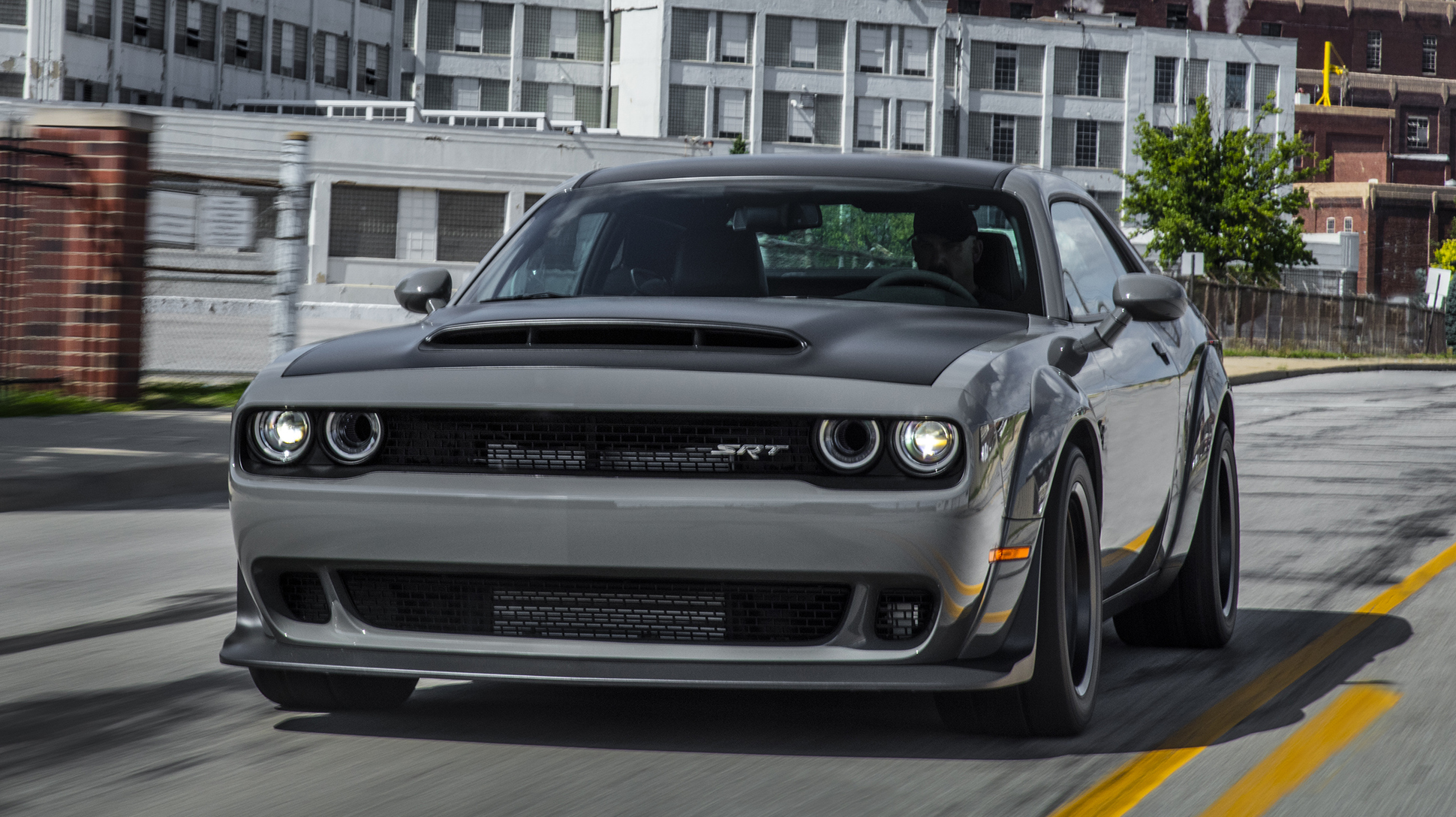
“We designed the SRT HELLCAT Challenger’s new dual-snorkel hood to focus on another key historical Mopar design element and pay homage to our past with a modern interpretation that looks even more sinister,” said Mark Trostle – Head of Performance, Passenger and Utility Vehicle Exterior Design, FCA US LLC. “Whenever we design a new exterior element, we work hand-in-hand with the SRT engineering team to ensure that everything we create resonates with SRT DNA, is functional and meets their performance goals.”
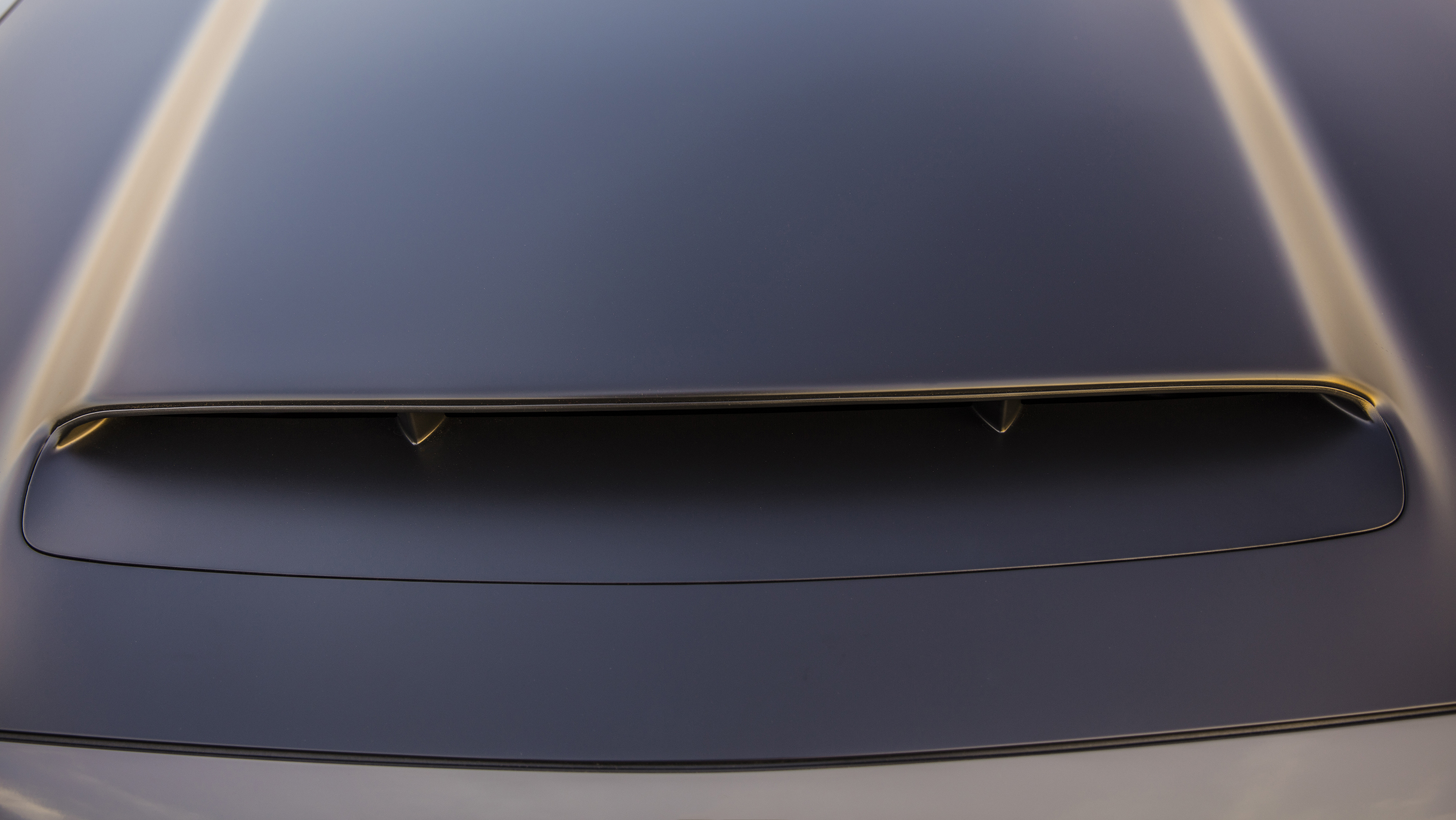
The cars that tested the all-new SRT HELLCAT Redeye package even tested with the SRT Demon’s Air-Grabber™ hood. However, because the SRT HELLCAT and SRT HELLCAT Redeye don’t run 110 octane fuel to make 840 horsepower, a bigger hood wasn’t needed. The dual-snorkel hood also improves drag on the car compared to Demon . This also keeps SRT Demon owners happy, because the Air-Grabber™ hood is exclusive to their limited edition Demon.

Like it or hate it, the new dual-snorkel hood’s main purpose is to improve intake air flow over the outgoing SRT HELLCAT hood. This allows for a pretty decent increase in HELLCAT models with the 10 additional horsepower and 6 lb.-ft. of torque. It also allows the Demon motor in the HELLCAT Redeye similar air-intakes closer to the Air-Grabber™ system on the Demon to cool that motor as those two fuel pumps push fuel to that 797 horsepower 6.2-liter Supercharged HEMI V8. Considering that the Demon in it’s normal form made 808 horsepower and 717 lb.-ft. of torque, compared to the 797 horsepower and 707 lb.-ft. of torque rating of the Redeye should tell you just how effective the dual-snorkel hood truly is.

